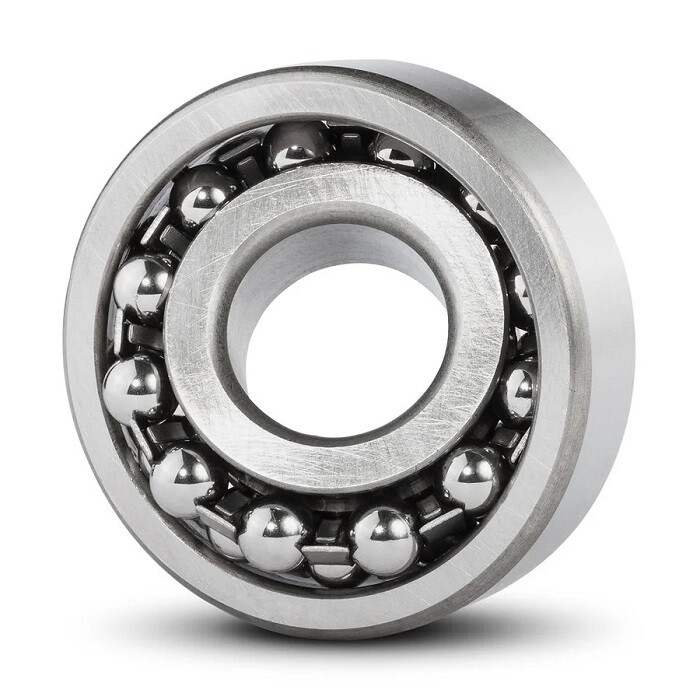The bearing industry is continuously experiencing technological innovations aimed at enhancing the efficiency and durability of bearings. Recent research focuses on advancements in materials science, such as the use of advanced alloys and lubrication techniques. For example, some high-performance bearings incorporate special alloys that maintain stability under high temperatures and pressures, significantly extending bearing lifespan.
Innovations in Materials
Innovations in bearing materials not only improve durability but also enhance the bearing's ability to withstand extreme conditions. New materials like ceramics and special alloys make bearings more robust and reduce maintenance needs. The cost increase due to these material innovations is evident, but considering the reduced maintenance costs and lower frequency of replacements over the long term, it's a worthwhile investment.
Design Optimization
Optimizing the design of bearings is another crucial area of development. Improvements in the internal structure of bearings, like optimizing the arrangement and shape of rolling elements, can significantly enhance performance. Such design enhancements not only increase the load capacity of bearings but also reduce friction, thereby improving overall efficiency.
Practical Applications of Bearings
In this bearing blog, we find various practical applications of bearings demonstrating their key roles in different industries.
Industrial Machinery Applications
In the field of industrial machinery, the size and specifications of bearings are crucial. For instance, large-scale machinery like wind turbines use bearings with diameters exceeding one meter, designed to withstand extreme weather conditions and continuous heavy loads. The cost of these bearings often reaches several thousand dollars, but their high performance and longevity make this investment highly valuable.
Innovations in the Automotive Industry
In the automotive industry, the efficiency and durability of bearings are essential for the overall performance of vehicles. Modern vehicles use bearings that are lighter than in the past, contributing to improved fuel efficiency. For example, some high-end cars use specially designed hub bearings that reduce resistance at high speeds, enhancing the vehicle's speed and stability.
Bearing Maintenance and Lifespan
Proper maintenance is crucial to ensure optimal performance and maximum lifespan of bearings.

Maintenance Strategies
Maintenance strategies include regular lubrication and cleaning, as well as timely replacement of damaged parts. For example, routine maintenance for industrial bearings might involve checks every six months to ensure all components function correctly, avoiding unexpected downtime.
Lifespan Prediction
Predicting the lifespan of bearings can be done by monitoring their operating conditions and performance. Advanced monitoring systems can track the condition of bearings in real time and predict their lifespan. These systems help in planning maintenance and replacements in advance, thus reducing the risk of unexpected failures.